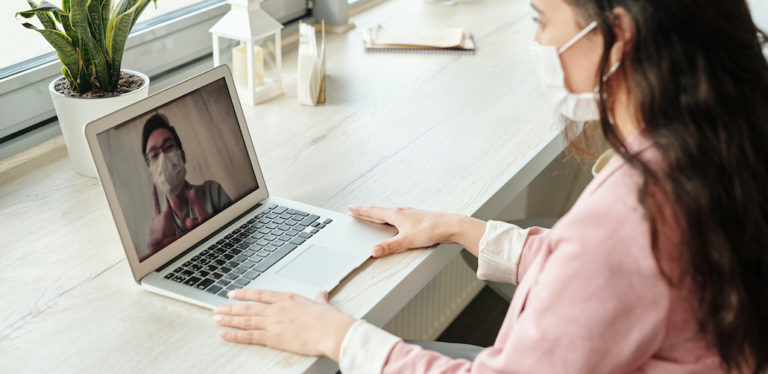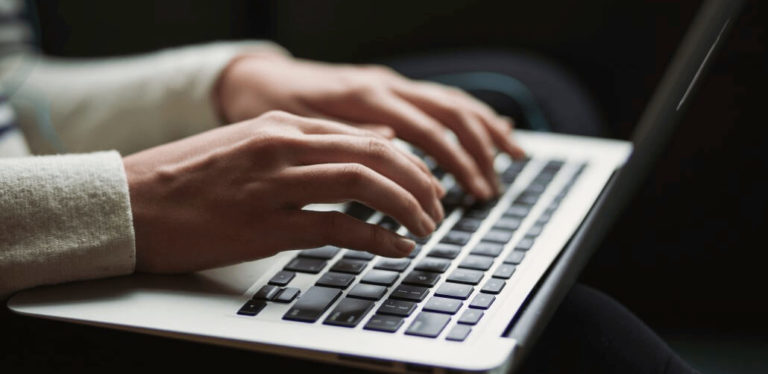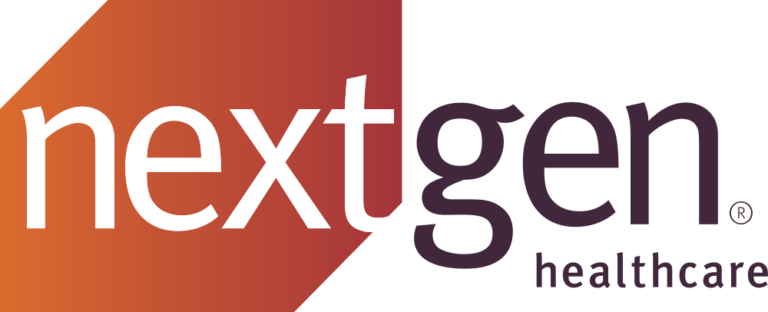The Brevium Blog

Beyond Appointment Reminders: Exploring Innovative Features of Patient Reactivation Software
Did you know that acquiring new patients is up to five times costlier than retaining existing ones? or, that practices have a 60 to 70 percent chance of successfully returning existing patients to their clinic versus a five to 20 percent chance of turning new leads into paying customers?
It’s clear that patient retention has a significant impact on a healthcare organization’s brand and bottom line. Where attracting new patients provides added growth opportunities, retaining existing patients is the lifeline for your practice’s financial health and sustainability—keeping these patients loyal and engaged should be the highest priority. However, patient turnover is a natural byproduct of running a healthcare practice and regardless of your patient appointment reminders and recall efforts, some customers will still slip through the cracks. At this point, you may be wondering how you can go about improving patient retention rates for your clinic.
The answer lies in patient reactivation—or more specifically, patient reactivation software that uses innovative digital tools to automate the process and implement proven strategies that ensure a successful campaign.
Acting as a “safety net” for when patient reminders and patient recalls fail, patient reactivation software re-engages your lost or overdue customers by employing strategic, targeted outreach to return high-priority patients for essential care. Keep reading to discover the innovative features of patient reactivation software and learn how these strategies can not only reactivate your patients but turn them into loyal, repeat customers.
Personalized Patient Outreach
Personalized patient outreach is all about communicating with your patients in a way that makes them feel heard, understood and valued. When lost to follow-up patients feel anonymous to their practice, they have little motivation to return to them for essential exams and preventative care. Thanks to patient reactivation software, your practice can personalize patient communication while streamlining the time-consuming outreach process. There are three aspects of intentional, personalized patient outreach your software should address:
- How: Patients have preferences, meaning how you communicate with them matters. What modes of communication are you using to contact them? How often are these contacts sent? Using patients’ unique data (i.e. demographics, communication preferences, treatment/diagnosis history, etc.), practices should tailor their outreach to the individual patient.
- Why: Does your messaging tell your patients why you are contacting them? Rather than generic contacts, your software should have customization capabilities that inform your patient of which provider or practice location is requesting their return and for what medical reason. Providing your patients proper information eliminates confusion and increases the odds of them responding to your contact attempts.
- What: Your messaging should include a call to action, including the proper steps on how to book an appointment. Whether you offer online or phone scheduling, providing links or contact information ensures your patients don’t have to work too hard to schedule their care.
Brevium, the pioneer and leader in patient reactivation software, understands that the patient-provider relationship is more important than ever and that improved health outcomes don’t come without good communication. For this reason, their proprietary technology offers customization features that allows practices to address patients by name, include the reason for follow-up, inform of which provider and treatment location is requesting their return, and include links in their messaging that direct patients to online scheduling options. Brevium also employs strategic multi-channel outreach using staff calls, autocalls, texts, emails, postcards, and letters to ensure the highest patient reachability. Implementing personalized outreach through Brevium’s patient reactivation system not only allows practices to send customized messages on a large scale, but also fosters loyalty with your lost to follow-up patients base and strengthens the patient-provider relationship.
Automated Outreach and Follow-Up
Healthcare staff juggle a daily list of tasks so endless that accomplishing them in a timely manner can often feel like a miracle. From patient intake to billing for services (and all that falls between), practice staff rarely have the time nor energy to dedicate to effective patient reactivation—especially a repetitive, time-consuming task like patient outreach. Not only are practice staff required to send the contacts, but they must also consistently monitor their efforts and follow-up with the patients that don’t respond. Luckily, automation plays a significant role in today’s modern healthcare industry, with technological advancements in patient reactivation software allowing practices to send personalized, detailed communication on a larger scale without overwhelming staff.
Here are a few key benefits of using patient reactivation software to automate patient outreach:
- Sends timely, relevant communications to patients on a large scale, meaning practices can send more contacts each day with little interruption to their workflow.
- Maintains a personal level of communication, ensuring patients still feel valued and cared for.
- Reduces organizational stress by streamlining the patient outreach and follow-up process.
Brevium’s patient reactivation software was designed for simplicity and efficiency, with automated solutions that drive practice growth—not hinder it. After selecting your preferred outreach methods, order of use and contact frequency, Brevium runs in the background and employs multi-channel automated outreach without the need for staff intervention. With Brevium’s unique automation tools, practices must no longer worry about complex and tedious processes slowing practice growth. By passing the reins to Brevium, practices can optimize their patient communication efforts and increase profitability—all while prioritizing their patients’ medical needs and enhancing health outcomes.

Patient Segmentation and Targeted Campaigns
Patient segmentation is a powerful tool for tailoring patient reactivation efforts to your practice’s highest priority patients. This approach opts for intentional outreach over generic or random reactivation, allowing practices to re-engage patients according to both the patients’ needs and the practice’s campaign goals. Though many practices choose to manually segment patients, this approach is archaic and significantly less effective than using a software to streamline and optimize the entire process.
Like most other patient reactivation software, Brevium will identify and segment your lost to follow-up patients for you. But what sets Brevium apart from competitors is its patented ability to mine your patient database using ICD-10 and CPT codes among other patient identifiers—a unique feature that allows countless Brevium customers to effectively prioritize and engage their high-risk and high-value patients. The following are three unique ways Brevium customers use patient segmentation to improve health outcomes drive organic practice growth:
- Prioritizing patients with high-risk or threatening conditions (i.e. cataracts or glaucoma) that are overdue for essential exams or treatment.
- Using ICD-10 or CPT codes to reactivate patients with diagnoses or conditions that will need continual, subsequent treatment, including surgical procedures.
- Targeting overdue patients to fill a provider or location’s schedule.
Analytics and Reporting for Continuous Improvement
In today’s healthcare landscape, practices generate vast amounts of raw patient data that continually evolves and changes with each interaction. With this constant fluctuation, implementing patient reactivation software to help practices gather, organize and understand their reactivation data becomes more important than ever. By tracking key metrics and generating reports for easy consumption, this technology becomes a powerful asset for generating greater returns.
Perhaps one of the greatest features of Brevium’s software is its unique reporting tools that provide in-depth, accurate insight into the overall success of your reactivation efforts. With customizable reports that allow practices to analyze any step of the patient reactivation process, Brevium provides crucial insight that empowers administrators to make important decisions pertinent to optimizing workflows and fueling organizational growth.
Upon opening the software, staff will see the following metrics right on the Dashboard:
- Patients ready for contact
- Total contact attempts
- Total appointments made
- Revenue generated by Brevium
- Return on investment (ROI)
The Dashboard gives a glimpse of the overall status of your patient reactivation campaign and as Brevium runs in the background of daily operations, these numbers consistently change to reflect the software’s outreach efforts. Additional detailed reports can be found under the “reports” tab, including appointments scheduled and kept, patient conversion rate, effectiveness of outreach methods, and more.

Optimized Provider Scheduling
Efficient patient scheduling is critical for a thriving healthcare practice. Where overbooked provider schedules lead to long wait times and overwhelmed staff, an underutilized schedule leads to empty appointment slots and money left on the table.
Luckily, Brevium’s Busyness Report offers practices an invaluable tool for optimizing provider schedules. This comprehensive, data-driven report uses your unique practice data to give each provider a “busyness” score, painting a broad picture of where your practice could better optimize resources and fill empty slots with lost to follow-up patients without overloading your providers and staff. More specifically, the report tells you (by provider):
- Weekly appointment volume
- New patient ratio
- No-show rates
- Average time between scheduling and appointment
- Overbooking statistics
- Appointments per hour
With this concrete, impartial data in hand, healthcare professionals like Eye Physicians’ Karen Medina are empowered to make educated decisions that unlock greater scheduling capacity—ultimately, enhancing patient care and provider engagement. Of Medina’s experience with the software, she said, “Brevium has been instrumental in our growth strategy, enabling us to quickly fill new appointment slots and ensure our patients continue to receive essential care. It’s impact on keeping our providers busy and re-engaging lost to follow-up patients has been transformative for our practice.”

Conclusion
Patient reactivation software isn’t just a convenient tool, but a strategic asset for healthcare practices wanting to create a future of sustainability and growth while driving better patient care. Practices are beginning to realize that patient inactivity equates to missed revenue opportunities, diminished engagement and reduced retention rates, proving the need for an effective patient reactivation process to tap into the value these lost to follow-up patients can provide. Equipped with the right software, practices have the tools to efficiently find patients who have stopped responding to recall reminders and implement data-driven outreach strategies to win them back. As a result, practices can increase appointment volume and fill their schedules with the highest priority patients—allowing them to improve patient care while generating greater returns.
With over 20 years of revolutionizing how healthcare practices re-engage their lost to follow-up patients, Brevium has set the standard for effective patient reactivation. This patented technology uses innovative solutions to optimize patient outreach, implement targeted campaigns, measure success, and efficiently fill provider schedules—ultimately, arming practices with the tools to deliver high quality care to their patients while driving organic practice growth.
Are you ready to learn how Brevium’s patented reactivation software can optimize your practice’s performance? Request a product demo today!














